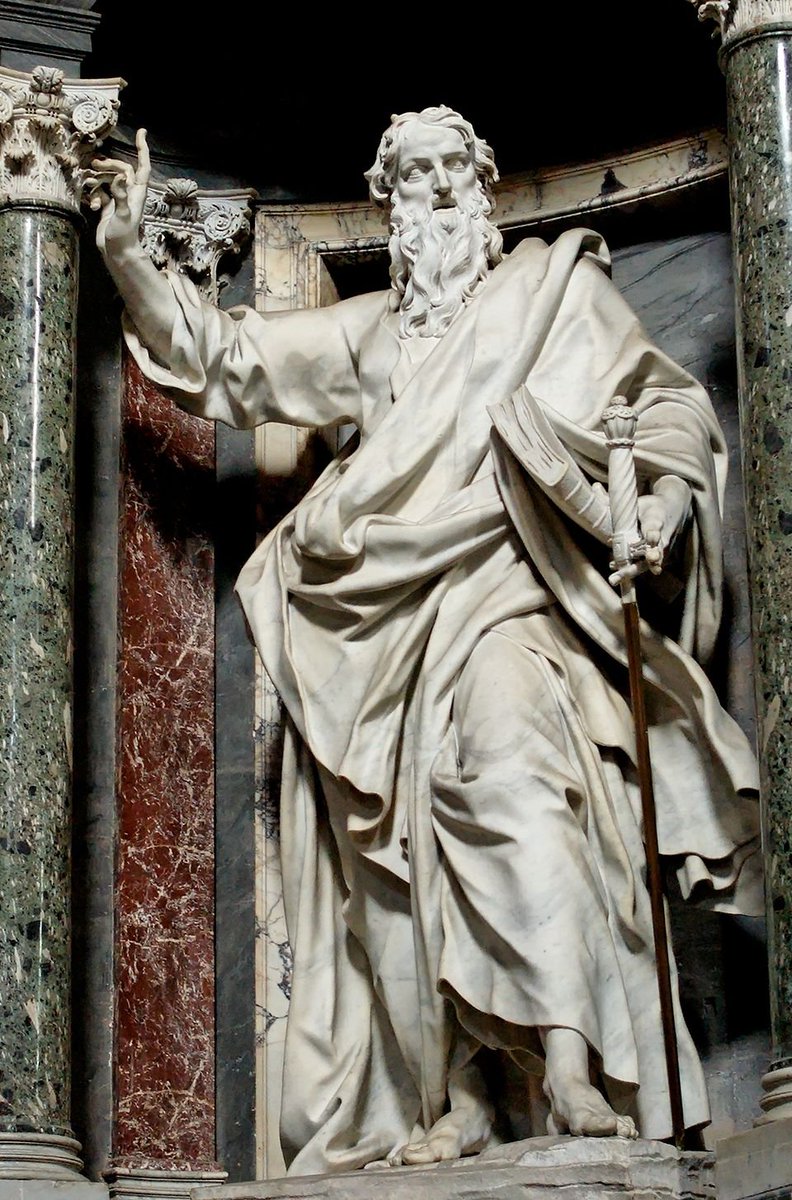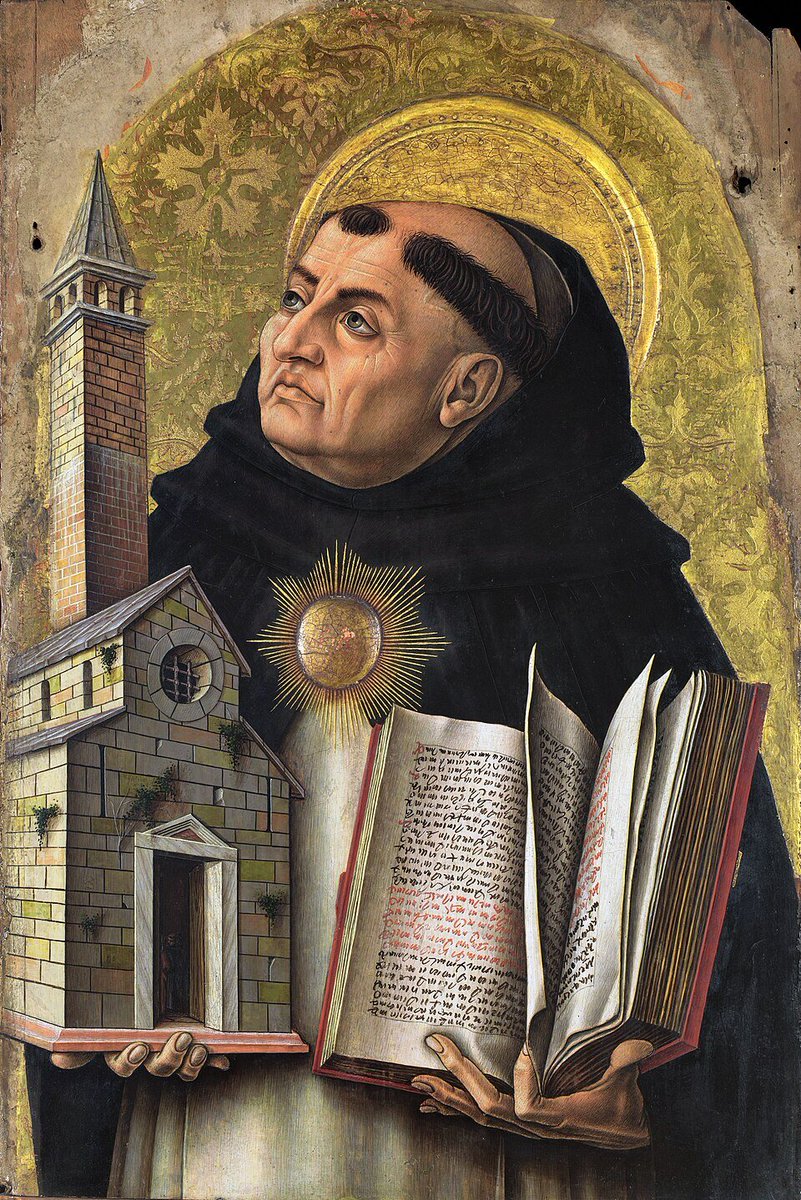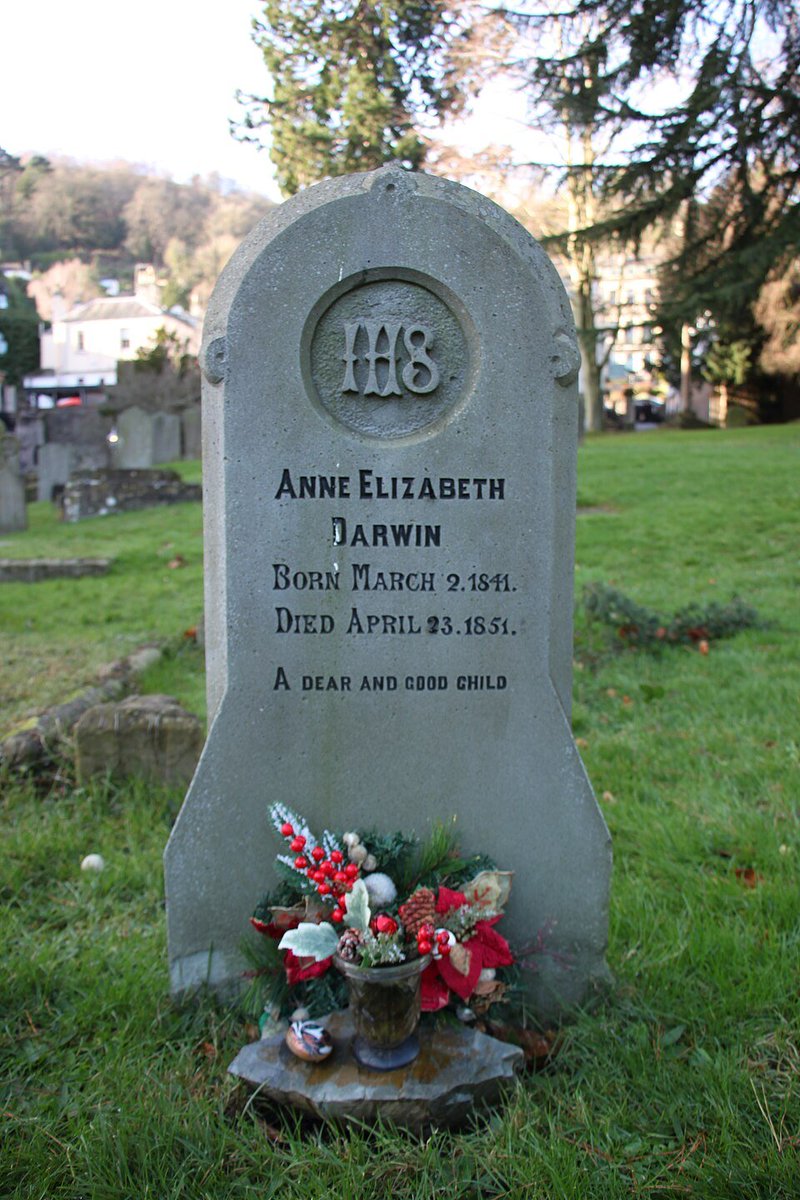During the Dark Ages, the spread of Islam introduced a unique blend of cultural and architectural innovations worldwide, creating a distinct architectural style.
Let us explore the key elements of Islamic architecture. 🧵⤵️
Let us explore the key elements of Islamic architecture. 🧵⤵️

Rooted in the early Islamic period, this architectural style has evolved by assimilating various elements from Mesopotamian, Roman, Byzantine, Chinese, and Mughal architectures. 

One of the hallmark features of Islamic architecture is the dome, a structural element that not only serves as a significant component of mosque design but also symbolizes the heavens. 

Arches are another defining characteristic of Islamic architecture, serving as gateways to the divine. 

Minarets, towering above mosque complexes, serve both as architectural landmarks and as points from which the call to prayer is issued. 

Islamic decorations, known for their use of geometric patterns, calligraphy, and floral motifs, demonstrate a profound appreciation for symmetry and continuity. 

The intricate decorative feature known as Muqarnas, which resembles stalactites or honeycombs, showcases the complexity and artistic creativity of Islamic architecture. 

The Mihrab, a semicircular niche indicating the direction of the Qibla, is a focal point in mosque design, guiding worshippers in their prayers. 

Courtyards and gardens are integral to Islamic architecture, providing serene environments for communal gatherings and personal reflection. 

Hypostyle halls, with their grid of columns supporting a roof, are a testament to the Islamic architectural preference for spaces that inspire awe and spiritual reflection. 

The Iwan, an architectural element characterized by a vaulted space open on one side, exemplifies the Islamic architectural tradition's ability to merge form with function, providing a majestic yet welcoming entrance to mosques and palaces. 

An article on Islamic architecture was published today in our newsletter:
If you enjoy content like this,
1) follow @CultureExploreX and
2) subscribe to our newsletter: thecultureexplorer.beehiiv.com/p/elements-isl…
thecultureexplorer.beehiiv.com
If you enjoy content like this,
1) follow @CultureExploreX and
2) subscribe to our newsletter: thecultureexplorer.beehiiv.com/p/elements-isl…
thecultureexplorer.beehiiv.com
• • •
Missing some Tweet in this thread? You can try to
force a refresh























